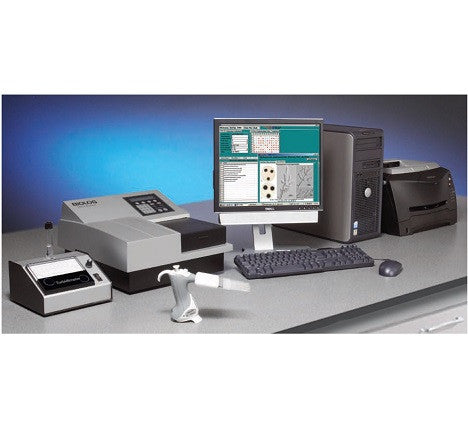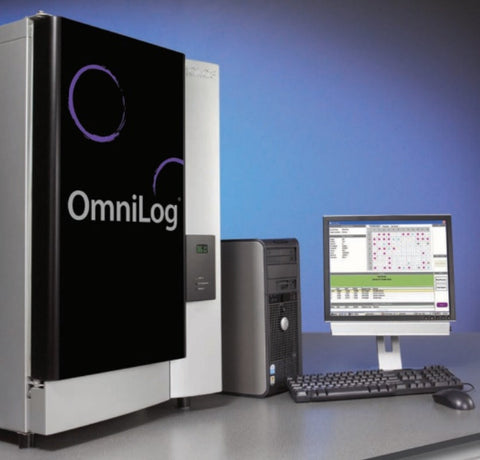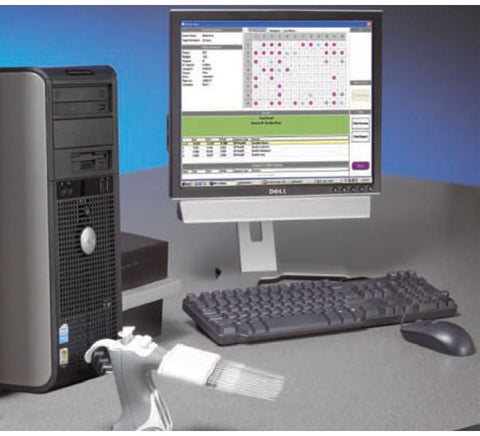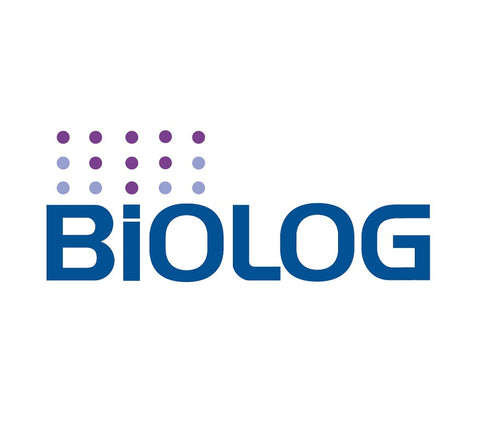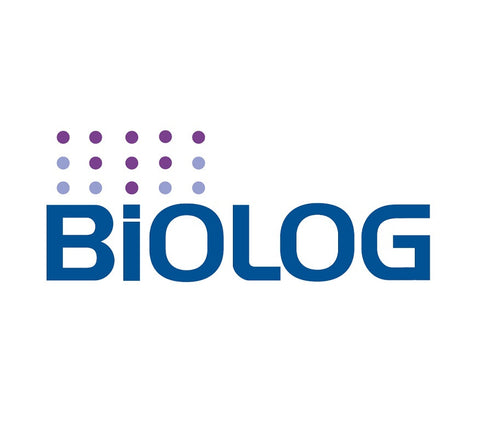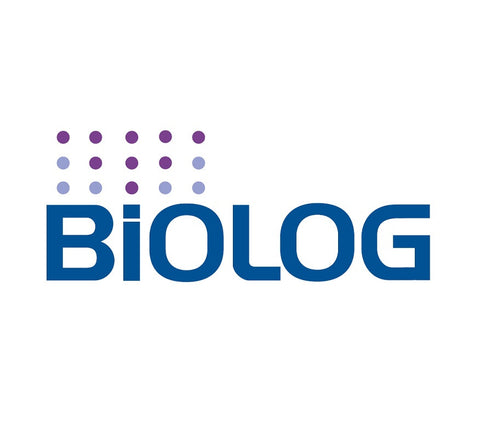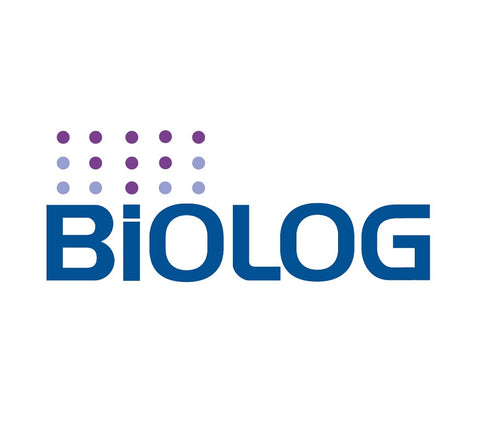MicroStation - Semi Autommatic Bacteria, Yeast and Fungi Identification Systems
Supplied By: Biolog, USA
Rs. 0.00
Introduction
The Biolog Microbial ID System can rapidly identify over 2,500 species of aerobic and anaerobic bacteria, yeasts and fungi. These easy to use systems provide reference laboratory quality identifications. Biolog Systems do this without the labor-intensive requirements of conventional strips or panels. There is a Biolog System for any size laboratory, from full and semi-automatic to manually read systems.
Biolog's latest generation redox chemistry enables testing and microbial identification of aerobic Gram-negative and Gram-positive bacteria in the same test panel. Gram stain and other pre-tests are no longer needed. A simple one minute setup protocol and your samples are ready to be analyzed. Our expanded GEN III database is designed to meet the needs of Biolog's broad customer base covering diverse disciplines of microbiology.

Models
| Model No. | Description |
|---|---|
| 65361 | MicroStation ID System, for semi-automated identification of bacteria, yeast, and filamentous fungi. Includes MicroStation reader, MicroStation GEN III Data Collection Software, Retrospect 2.0 Data Management Software, electronic user guide, computer, monitor, pipettor, turbidimeter, web based training and a one year warranty. Databases and printer are sold separately |
Microstation Reader Specifications
| MicroStation Reader Specifications | |
|---|---|
| Size: | 15.5 in (39.4 cm) w | 8.75 in (22.2 cm) h | 16 in (40.6 cm) d |
| Power: | 100 to 240 volts, 50 to 60 Hz |
| Weight: | 13.6 Kg (30 lbs) |
| Operating Temperature Range: | 18° to 28° C |
| Incubation Temperature Range: | 4° above ambient to 50° C |
| Temperature Consistency: | ±0.5° C in the tray chamber |
| Test Capacity: | 1 Microplate |
| Reading Cycle TIme: | 15 Minutes |
| Detection Method: | Absorbance |
| Read Method: | End Point, Kinetic, Linear Scanning |
| Other Indicators: | Power On (green), Interrupt On (red) |
The MicroStation Identification System
The MicroStation™ ID System is a versatile system, with the ability to identify and characterize a wide range of environmental and pathogenic organisms across diverse fields of microbiology. Using all Biolog databases, over 2650 species of bacteria, yeast and filamentous fungi can be identified in as little as 2 hours. Just prepare a cell suspension and inoculate the appropriate MicroPlate.
After inoculation and incubation, the MicroPlate is placed into the MicroStation Reader for analysis. The unique metabolic pattern generated by the organism is recorded and compared to hundreds of identification profiles in a corresponding Biolog Database. The versatile plate reader uses dual wavelength readings to quantify color reactions in the MicroPlate wells, adding consistency and accuracy when reading the reaction patterns.
Biolog’s patented redox chemistry makes use of different carbon compounds including sugars, carboxylic acids, amino acids and peptides to provide an unparalleled wealth of discriminating biochemical characterizations. This diverse set of tests enables our systems to identify microorganisms that other kit-based methods misidentify or fail to identify. The MicroStation System, as well as the OmniLog System, has extensive applications also for microbial community analysis in soil, water, biofilms and other environments.

Why Biolog Bacteria, Yeast and Fungi Identification Systems?
-
Biolog's single panel is easy to use, and identifies 4 times more species than alternative systems
-
Bacteria, yeast and filamentous fungi can be identified in very little time
-
Only Biolog technology provides users with both an identification AND a detailed strain characterization
-
one technology with multiple platforms, for high level performance in laboratories of all interests, sizes and budgets
-
Rewarding our customers with innovation and greater performance for more than 20 years
Related Products

